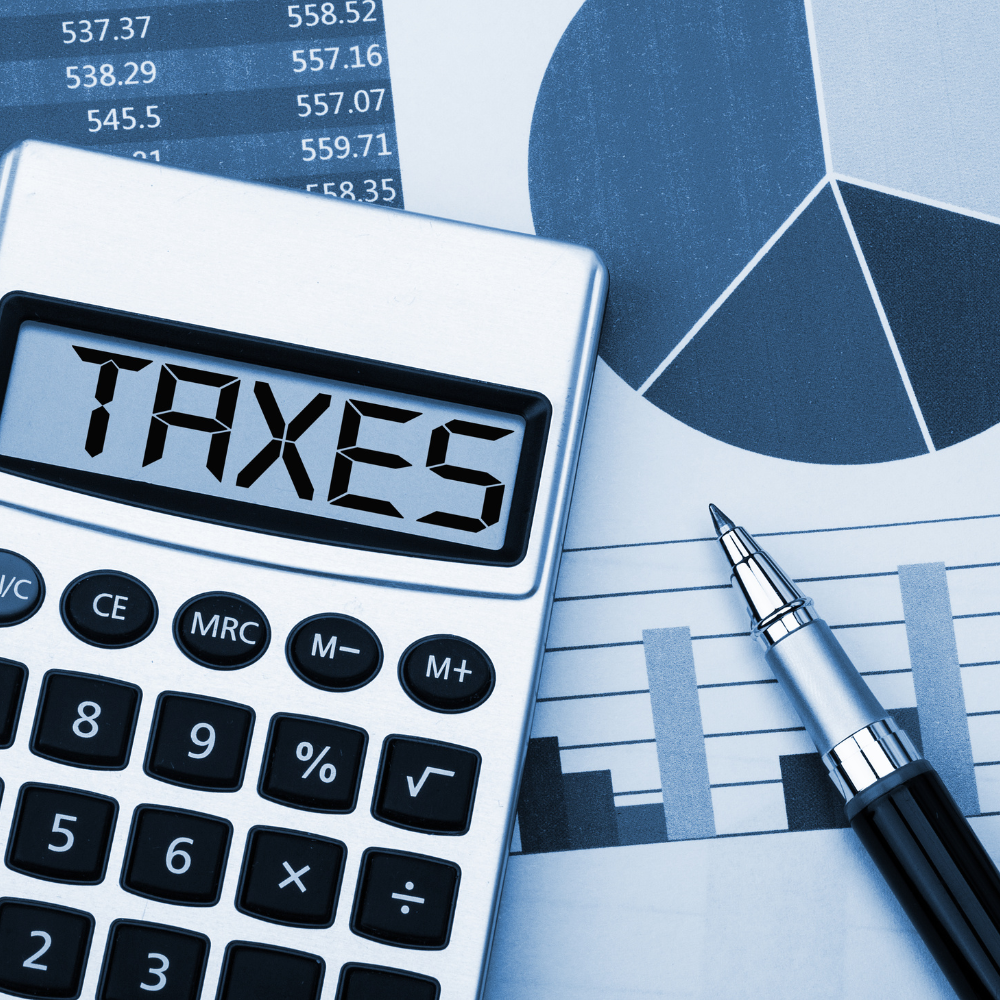Property taxes are an important source of revenue for local governments in South Carolina, and they are calculated based on a number of factors, including the value of the property and whether it is a primary residence or a secondary home. In this article, we’ll take a closer look at how property tax rates are calculated and paid in South Carolina, and how they differ for primary residences and secondary homes.
Property tax rates in South Carolina are based on the value of the property as determined by the county assessor’s office. The assessor’s office will typically conduct a periodic assessment of all properties in the county to determine their current value, taking into account factors such as location, size, and condition. The assessed value of the property is then multiplied by the millage rate, which is the amount of tax per $1,000 of assessed value.
In South Carolina, the millage rate can vary depending on the location of the property and the services provided by the local government. For example, areas with higher property values and more services, such as schools and parks, may have a higher millage rate than areas with lower property values and fewer services. Each county’s website should have a tax estimator tool for you to use at your convenience.
For primary residences, South Carolina offers a homestead exemption, which allows homeowners to reduce the taxable value of their property by a certain amount. The amount of the homestead exemption varies depending on the county, but it is typically around $50,000. This means that if the assessed value of a primary residence is $250,000 and the homestead exemption is $50,000, the taxable value of the property would be $200,000.
In addition, primary residences in South Carolina are also eligible for a special assessment ratio of 4%. This means that the taxable value of the property is calculated based on 4% of its assessed value, rather than the full assessed value. This can result in significant savings on property taxes for homeowners.
For secondary homes, such as vacation homes or rental properties, there is no homestead exemption or special assessment ratio. The property is taxed based on its full assessed value and the applicable millage rate. This means that secondary homes are typically subject to higher property taxes than primary residences.
Property taxes in South Carolina are typically paid twice a year, with payments due in January and September. Homeowners can choose to pay their property taxes in full or in installments, depending on their preference.
Property tax rates in South Carolina are calculated based on the assessed value of the property and the millage rate. Primary residences are eligible for a homestead exemption and a special assessment ratio, while secondary homes are taxed at the full assessed value. Homeowners can reduce their property tax burden by taking advantage of these exemptions and ratios, and by carefully managing their property value and tax payments.


